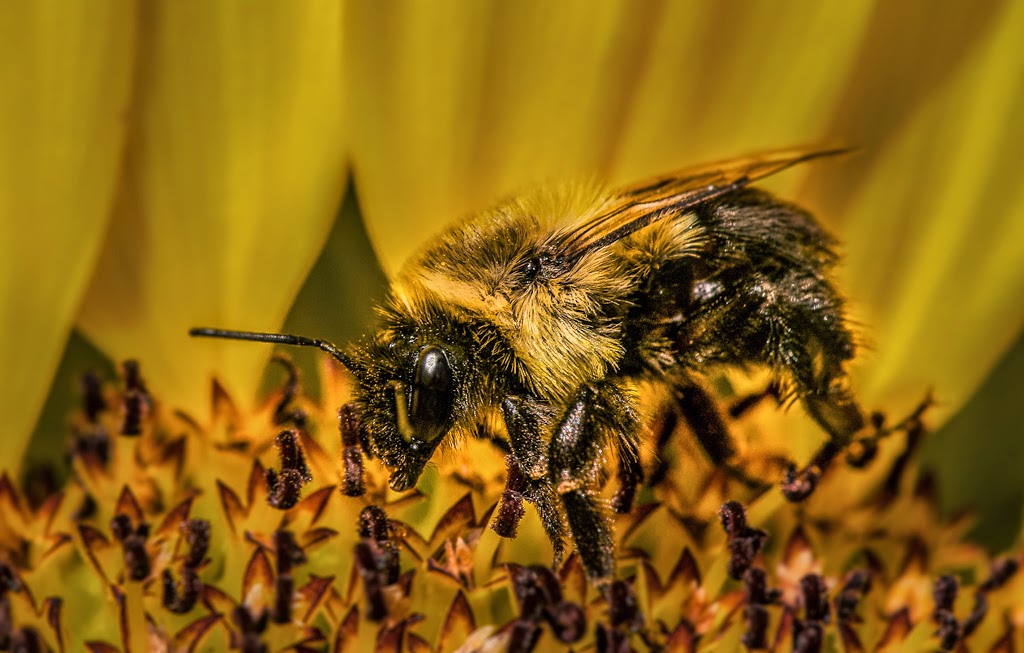I was going to start the heading with a more sever version of an acronym for "What The Heck". Seems like no one has any idea what they're talking about concerning photography today. A friend of mine was judging a camera club photo competition the other day, so I went over to say hello and see what people had to offer. There was an "assigned subject" of macro photography. Of about fifty images, maybe three or four qualified as macro. The rest were close up at best and some were just plain snapshots of nearby things. My friend kept pointing out (correctly) that this or that image really didn't qualify as macro. At one point one of the competitors (I'm guessing he had something entered) began loudly complaining about the judge not fairly judging the quality of the image. The judge tried to explain that the first consideration was if the image was a macro shot. It wound up with one of the club's officers reading a definition of macro photography. My "rant" will continue after the "Read More".
I seem to be running into mis-speak more and more these days. I'll look at a "tutorial" online and someone will be talking about shooting at F-9 or 10. Really! There is no such thing as F 9 or F 10. They would both be subsets of either F 8 or F 11. F 9 would be F 8 1/3 or F 8 with an exposure value compensation (EV) of +1/3 or F 11 with an EV of -2/3. It gets worse as you go up and down the F-stop scale. (Which is 1.4, 2, 2.8, 4, 5.6, 8, 11, 16, 22, 32, 44, 64, 88, 128) You probably wouldn't find those last few on the camera you're using, but take a 4 x 5 or 8 x 10 view camera and you may find them there. I've included them because they're more apparent in the sequencing of the F-stops. Not a whole lot of people are going to run around saying they switched their F-stop from F 2 to F 2.1. That even sounds kind of silly. Yet the same people will say they switched from F 11 to F 12. That's less than 1/6 of a stop. Well within the contrast limits of any camera setting.
People, please, see if your city offers a basic course in high school physics. The physical side of photography is based on science. Light acts in very specific ways. All those numbers floating around out there are related and can be used to make your photography better.
Either that or leave your camera set to auto. The choice is yours.
Heading to Belfast!
9 months ago






2 comments:
Should it not be f/2.8, not 2.4? The logical (and, I believe, mathematical progression) would be 1.4, 2, 2.8, 4, 5.6, 8, 11, 16, 22, 32, 44, 64, 88, 128, where each number is double of the number preceding the number previous to the previous number. So 1.4 would double to 2.8, which would double to 5.6, which would double to 11.2 (although we use 11), which would double to 22, then 44, then 88. I could be wrong about all this, though . . .
But in essence, you are correct -- I see so much misinformation about photography from people who know not what they speak of. Just amazing stuff. It usually turns out they read it in a book or blog post, which was written by someone else who had no idea what they were talking about.
Post a Comment